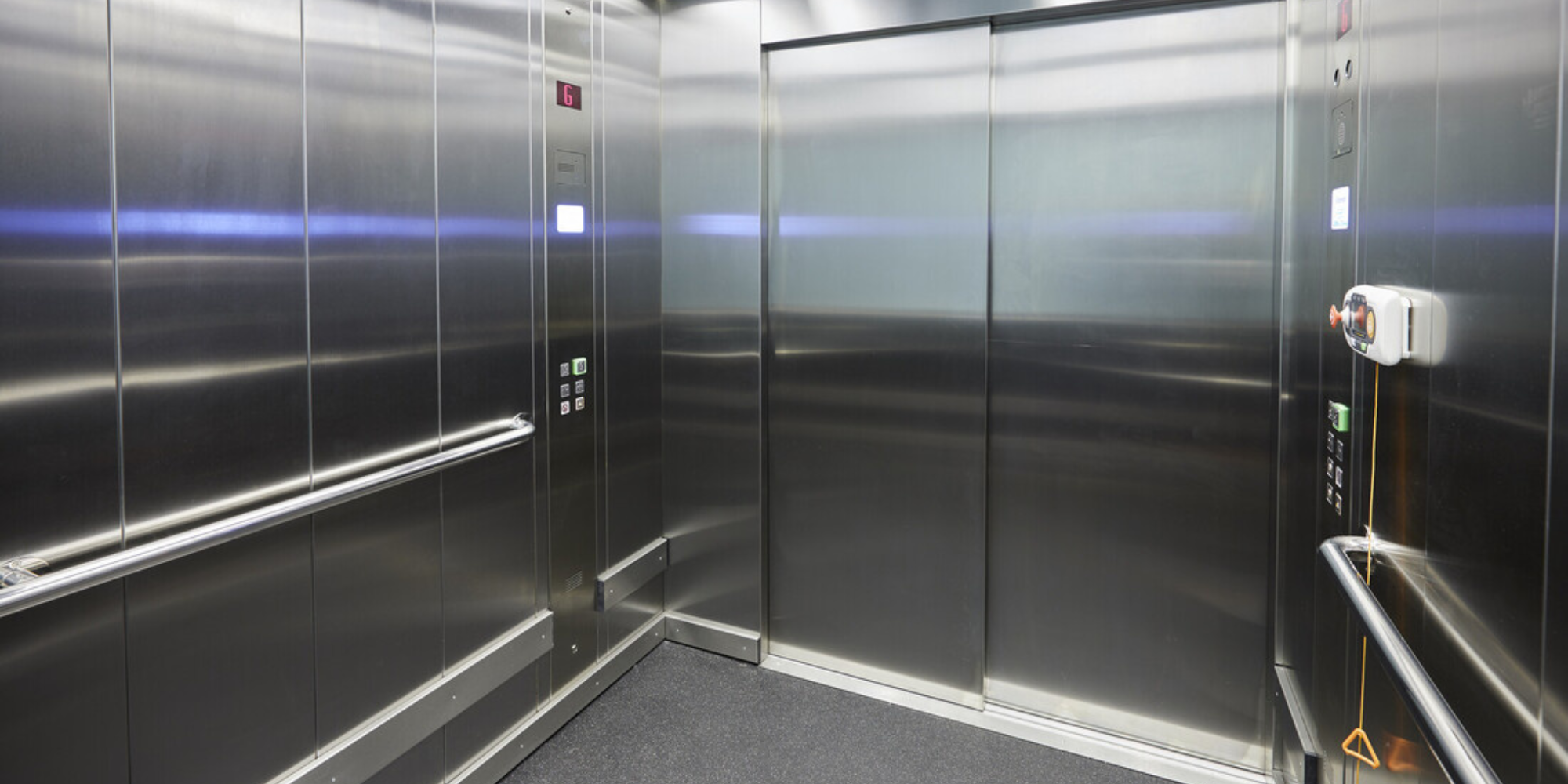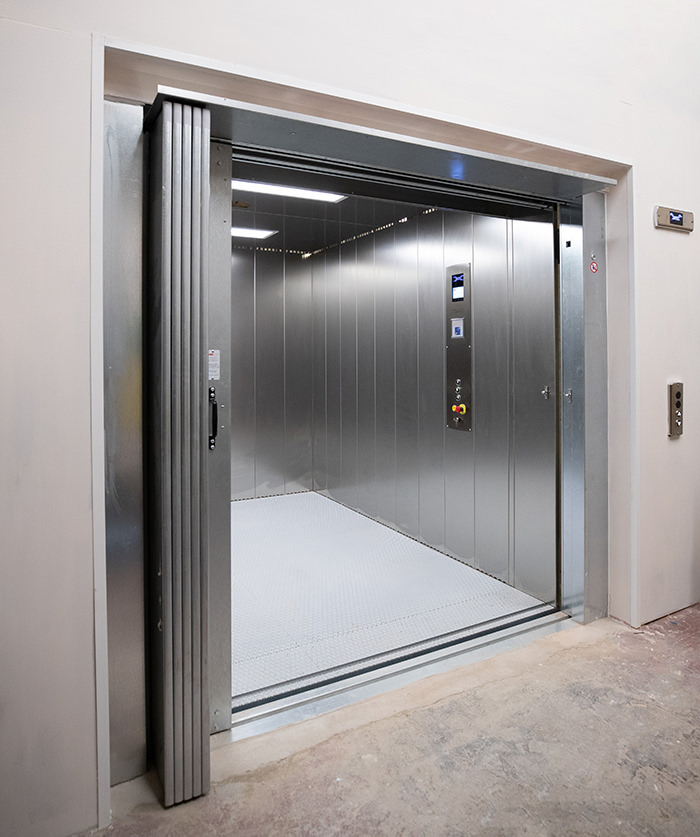Find Reputable Lift Repair Near Me for Quick and Affordable Solution
Find Reputable Lift Repair Near Me for Quick and Affordable Solution
Blog Article
Looking Into the Globe of Elevators: Usual Problems Faced by Numerous Lift Mechanisms
As we browse with the upright transport systems of modern-day buildings, lifts stand out as an essential part of our day-to-day lives. From hydraulic lifts to grip systems and machine-room-less designs, each lift kind comes with its set of common problems.
Hydraulic Elevators
Hydraulic lifts, typically liked for low-rise buildings, use fluid pressure to regulate the activity of the elevator automobile (lift repair companies). This system entails a hydraulic pump pressing oil right into a cylinder, causing the elevator to move in the wanted direction. While hydraulic elevators are recognized for their smooth and silent operation, they do feature their own set of common concerns
One widespread issue with hydraulic elevators is oil leak. In addition, problems with the control system, such as defective shutoffs or a malfunctioning pump, can create disturbances in the lift's motion.
Regular upkeep and timely repair work are important to make certain the smooth functioning of hydraulic lifts. By dealing with these common concerns proactively, structure proprietors can decrease downtime and ensure the security and effectiveness of their upright transport system.
Grip Lifts
When considering upright transportation systems in structures, one more typical type besides hydraulic elevators is the traction elevator. Grip elevators operate utilizing a system of ropes and weights that move the elevator auto by clutching onto the hoist ropes. This system enables for smoother and quicker upright transportation contrasted to hydraulic systems.
One of the usual concerns encountered by grip elevators is rope wear. The continuous activity of the ropes within the grip system can bring about tear and put on gradually, potentially triggering the lift to breakdown or become unsafe for usage. Normal examinations and upkeep of the ropes are important to ensure the elevator's appropriate performance and safety and security.
Another problem that grip elevators may run into is related to the control system. Issues with the control system can lead to concerns such as erratic motion, hold-ups in response times, and even total closures. Regular screening and upkeep of the control system are crucial to stop such concerns and make certain the elevator's reliability.
Machine-Room-Less (MRL) Lifts

One of the key elements of MRL lifts is the portable gearless grip device that is installed within the hoistway. This machine successfully drives the elevator vehicle without the need for bulky tools found in typical grip lifts. Additionally, MRL elevators typically utilize a counterweight system to balance the car, further boosting their energy effectiveness.
In spite of their benefits, MRL lifts might face difficulties connected to repair and maintenance because of the constrained room for equipment installation. Access for servicing parts within the shaft can be limited, requiring specialized training for service technicians. Correct upkeep timetables and regular assessments are crucial to guarantee the continued smooth operation of MRL elevators.
Overloading and Weight Limit Issues
Are elevators geared up to deal with excess weight loads successfully and securely? Overwhelming and weight limitation problems are important problems in lift procedures. Lift manufacturers layout lifts with specific weight capabilities to make sure traveler safety and security and equipment longevity. Going beyond these weight restrictions can result in different issues, consisting of mechanical failings, hold-ups, and security risks.
When lifts are overloaded, it places extreme pressure on the motor, cable televisions, and various other elements, potentially creating breakdowns or break downs. Safety and security systems such as sensors and overload sensing units are in area to stop elevators from relocating if they find excess weight. In addition, surpassing weight limits can cause increased power consumption and wear and tear on the lift system.
To reduce straining issues, constructing managers must prominently present weight limitations in elevators and inform residents on the importance of sticking to these constraints - lift repair companies. Routine upkeep checks by certified service technicians can also assist make certain that elevators are operating within secure weight criteria. By dealing with overloading and weight limitation issues proactively, structure proprietors can enhance elevator security and performance
Electric System Failures
Surpassing weight limitations in lifts can not just lead to mechanical problems however additionally potentially add to electrical system failings within the lift facilities. Electric system failings are an essential issue in lift procedure, as they can trigger unforeseen shutdowns, breakdowns, or perhaps safety dangers. One usual electric concern is the getting too hot of components as a result of excessive current flow brought on by overloading the elevator beyond its capacity. This can result in harm to the electrical wiring, control, or electric motor systems, resulting in costly repairs and downtime.
Additionally, power rises or fluctuations in the electrical supply can additionally interrupt the useful site elevator's procedure, impacting its performance and safety and security. These electric disturbances can harm delicate elevator parts such as control board, motherboard, or sensing units, causing system failures. Regular upkeep and assessments are essential to identify hop over to here and resolve prospective electric problems quickly, ensuring the reliable and risk-free operation of elevator systems. By sticking to weight limitations and conducting regular electrical system checks, structure owners can alleviate the risk of electrical failings in elevators.
Conclusion

Hydraulic elevators, usually chosen for low-rise structures, use fluid stress to control the activity of the elevator cars and truck.When taking into consideration vertical transport systems in buildings, one more usual type apart from hydraulic lifts is the traction lift. Grip lifts operate making use of a system of ropes and counterweights that relocate the elevator cars and truck by gripping onto the hoist ropes. Unlike standard lifts that require a separate maker area to house the pop over here equipment, MRL lifts incorporate most of the elements within the shaft, removing the demand for a specialized equipment area.In conclusion, elevators encounter usual issues such as hydraulic malfunctions, grip system failings, and electric system problems.
Report this page